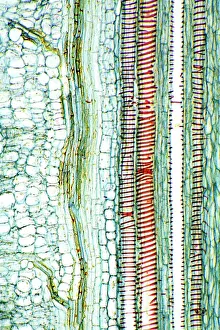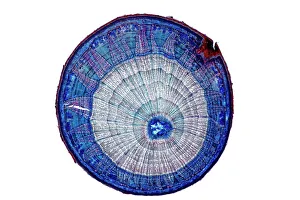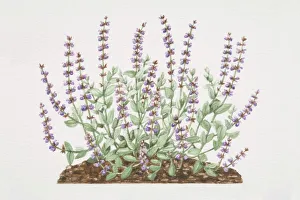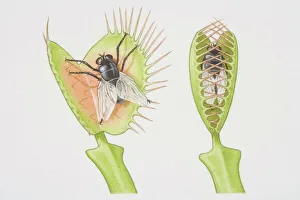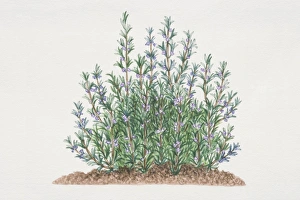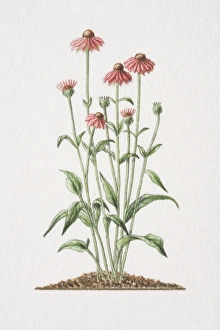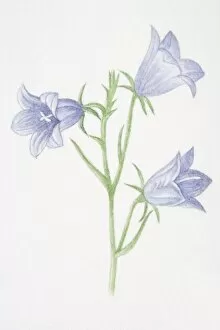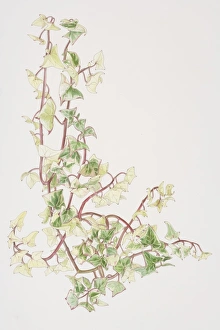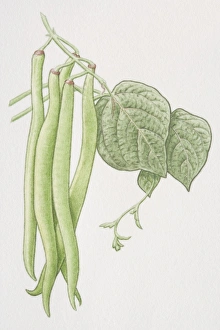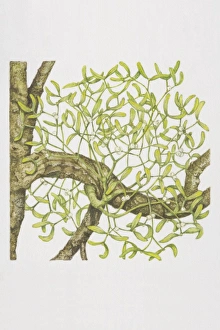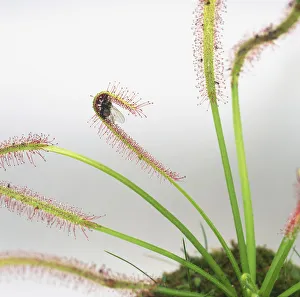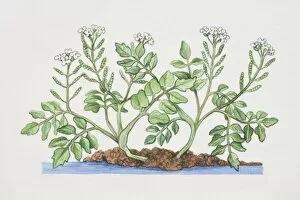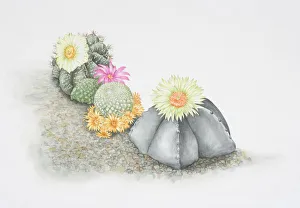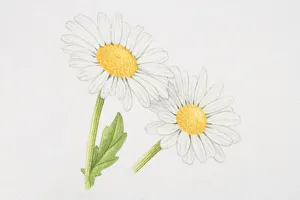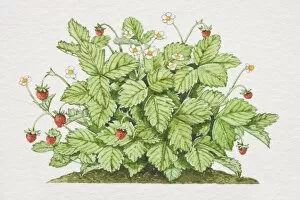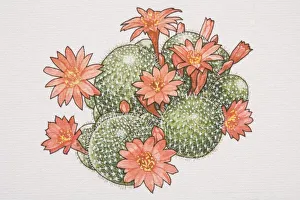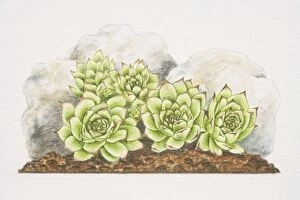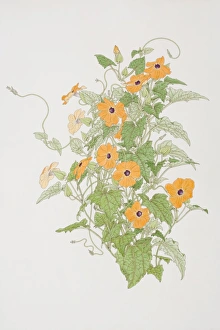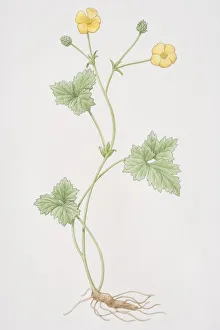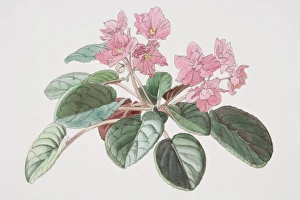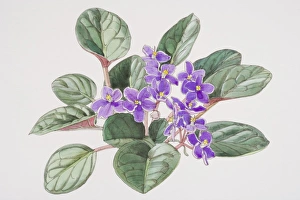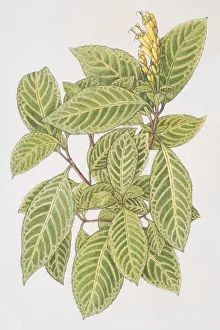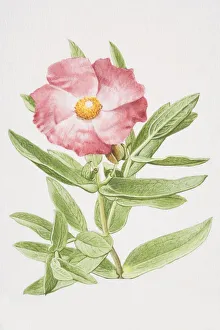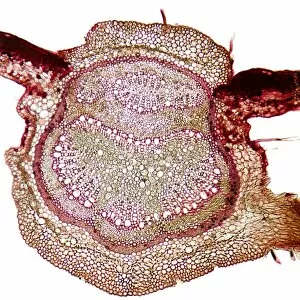Dicots Collection
Dicots, also known as dicotyledonous plants, are a diverse group of flowering plants that possess unique characteristics
All Professionally Made to Order for Quick Shipping
Dicots, also known as dicotyledonous plants, are a diverse group of flowering plants that possess unique characteristics. These plants have stems with distinct features, which can be observed under a light microscope. For instance, the stem of a lime tree showcases intricate patterns and structures when magnified. In addition to lime trees, other dicots like Salvia officinalis (Common Sage) exhibit fascinating traits. This medicinal plant is renowned for its aromatic leaves and beautiful purple flowers. Its presence in gardens adds both aesthetic value and herbal benefits. But they can not limited to traditional garden settings; they can also thrive in natural environments such as lowland rainforests. The emergent Menggaris Tree or Tualang (Koompassia excelsa) stands tall above the dense canopy of these forests, creating an awe-inspiring sight against misty backgrounds. Some they have evolved unique mechanisms to capture prey for sustenance. Dionaea muscipula (Venus Fly Trap), with its iconic lobes closing upon unsuspecting flies, exemplifies this adaptation perfectly. A light micrograph captures the intricate details of this carnivorous plant's trapping mechanism. Not all aspects require microscopic observation; their roots play an essential role in nutrient absorption and anchoring within the soil. An oak root viewed under a light microscope reveals an intricate network responsible for supporting these majestic trees. Fruits are another remarkable feature found among many dicot species. When examined closely using a light micrograph, orange fruits display vibrant colors and intriguing cellular arrangements that contribute to their delicious taste and nutritional value. Returning to towering forest landscapes once again brings us back to the Menggaris Tree or Tualang (Koompassia excelsa). Its ability to protrude through mist-filled surroundings highlights its resilience amidst challenging conditions—a testament to nature's wonders. Dicots encompass various types of plants with different purposes beyond aesthetics.

